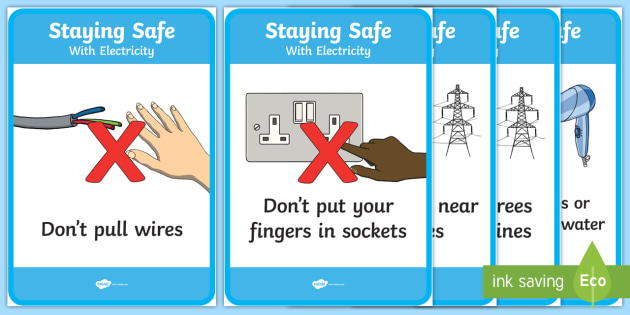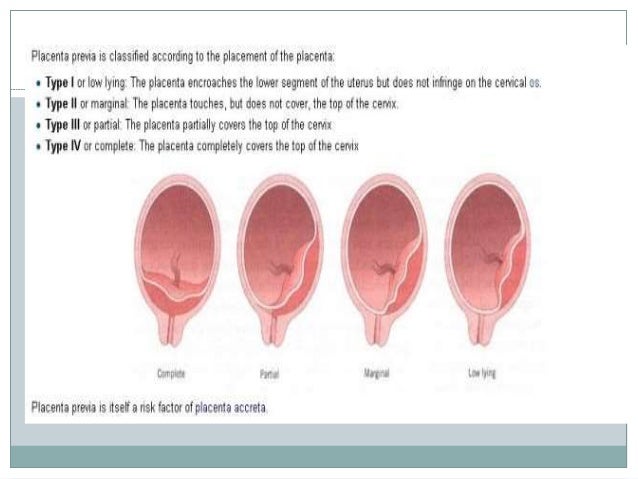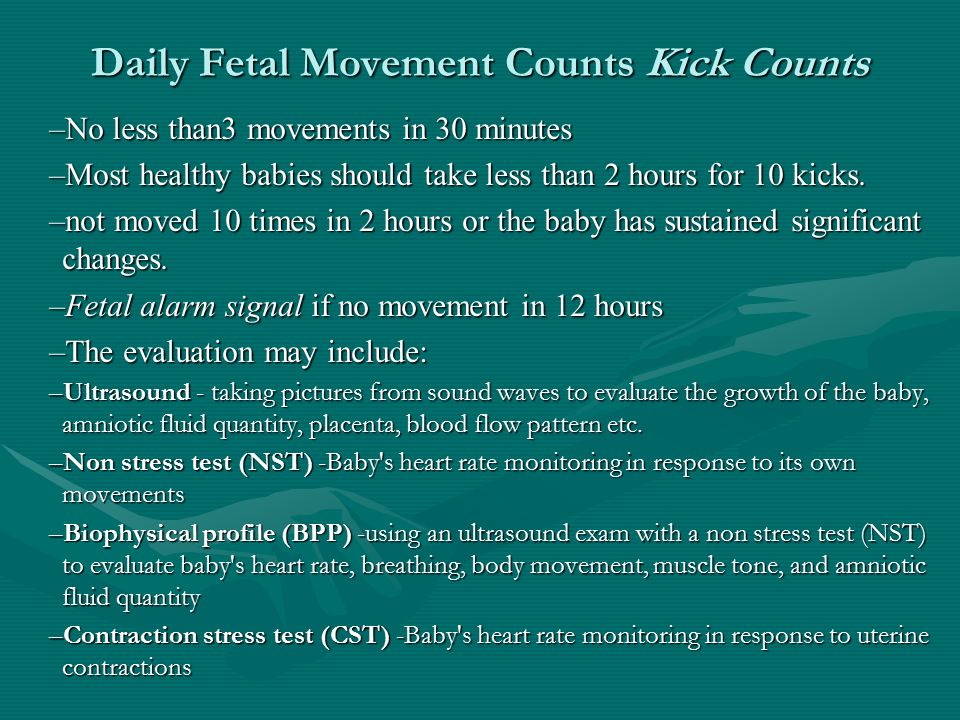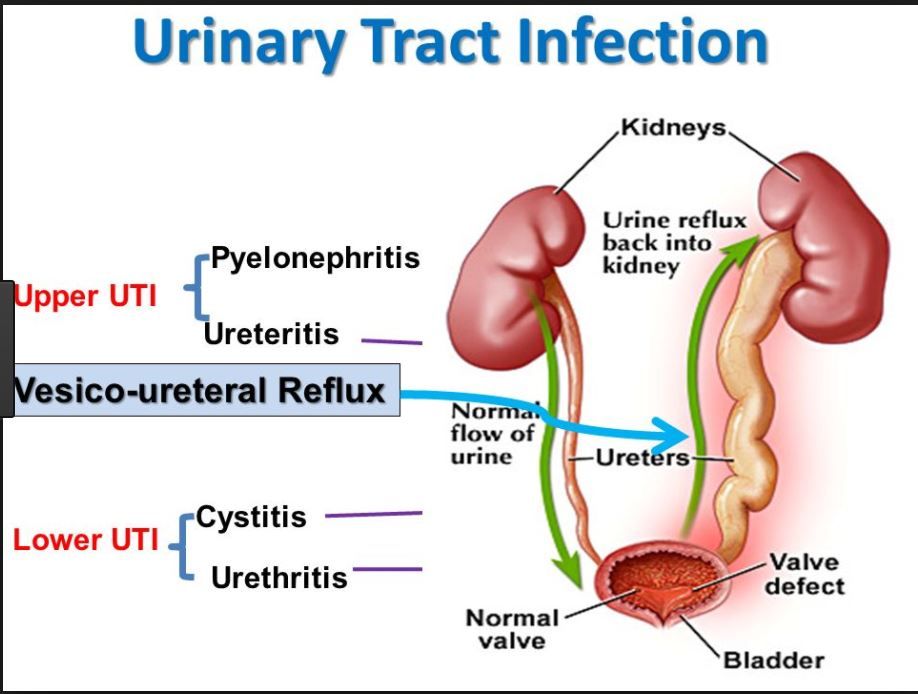When should i get epidural
What to Know About the Best Time to Get an Epidural
Written by Parang Mehta
In this Article
- What Is an Epidural?
- Are Epidurals Safe?
- Do Epidurals Work?
- Epidural Side Effects
- How Do Epidurals Work?
- When Is the Best Time to Get an Epidural?
An epidural is an injection in your back, near the nerves that carry pain signals from the lower half of your body. It is a popular method of pain relief during childbirth. There isn't a universal best time to get an epidural during labor — your needs and your doctor's assessment will be the guides. An epidural injection is a powerful tool and must be used with caution and knowledge.
Pain relief during childbirth can be a necessity. You should discuss epidurals with your doctor or midwife during your antenatal visits and write them into your birth plan. Your doctor may tell you about other methods of pain relief also — medicines given by injection into your thigh or intravenously, spinal blocks, combined spinal epidurals, and local pain medicines.
Non-medicinal methods include Lamaze, acupuncture, and massage. Epidurals are the most frequently used method for pain relief during childbirth — 61% of people having a vaginal delivery opt for them.
What Is an Epidural?
An epidural is an injection of local anesthetic given into the space around your spinal cord and nerves. It numbs the lower part of your body, giving you substantial relief from pain. Doctors use epidural injections for:
- Pain relief during childbirth, including cesarean sections
- Numbing the lower half of the body for surgery
- Pain relief after some types of surgery
- Pain relief for sciatica or slipped disc, in combination with steroid medicines.
Epidurals are also known as epidural anesthesia, epidural block, and regional anesthesia. Your doctor will inject local anesthetic drugs such as bupivacaine, chloroprocaine, or lidocaine. Sometimes, they combine these medicines with narcotics like fentanyl or sufentanil to decrease the required dose of local anesthetic. Epidurals start working 10 to 20 minutes after the first dose is given.
Epidurals start working 10 to 20 minutes after the first dose is given.
Are Epidurals Safe?
Yes, epidurals are safe. They're a form of local anesthesia and only affect the small area of your body where the medicine is injected. Epidurals won't usually make you drowsy or sick.
Some medicines for pain relief during childbirth cross the placenta and affect your baby. Babies may have breathing difficulty at birth and need a medicine injection to reverse the effect of these medicines. Epidurals are safe for your baby.
Only small amounts of the medicines used in epidurals reach your bloodstream and your baby. Epidurals do not affect your baby's Apgar scores or the chances of needing intensive care.
Do epidurals increase cesarean sections? Epidurals let you feel the pressure from uterine contractions (without the pain) and retain your ability to push the baby when needed. They don't lead to fetal distress or the baby getting stuck. Epidurals don't increase the possibility of cesarean section, vacuum extraction, or forceps delivery.
Do Epidurals Work?
Epidurals numb your body from your belly button to your toes. You will be awake and alert and able to feel the pressure of contractions. You'll be free from pain but able to push when needed.
Epidurals are used during labor and if you need a cesarean section. The anesthesiologist will give additional medicine through the epidural catheter to numb your body for surgery.
About 10% of birthing parents do not get adequate pain relief and must have further pain control measures.
How long does the epidural last? As long as you need. More medicine can be injected through the catheter if you start feeling pain. Once an epidural catheter is in place, your midwife can give top-up doses. When the epidural catheter is removed, your sensations and strength in your legs will return in about an hour.
Epidural Side Effects
An epidural is a powerful tool for pain relief. It blocks transmission in the pain sensation nerves and affects nearby nerves. You will feel weakness in your legs and be unable to walk for some hours. Other side effects:
You will feel weakness in your legs and be unable to walk for some hours. Other side effects:
- Tingling sensation in your skin.
- Placing the catheter may cause you some discomfort.
- Low blood pressure. You may feel lightheaded or nauseous
- Headache
- Itchy skin
- Incontinence (inability to control urination)
- Nerve damage
How Do Epidurals Work?
Epidurals are a skilled procedure usually performed by anesthesiologists.
- They'll ask you to sit leaning forward or lie on your side with knees drawn up to your chest.
- They'll give you an injection of local anesthetic in your skin to numb the area.
- Once your skin is numb, the anesthesiologist will introduce the epidural catheter on a needle.
- After they judge they've reached the right place, they withdraw the needle, leaving only the flexible catheter in place.
- This catheter is used to inject measured amounts of medicine.
Your doctor will usually give you an intravenous drip.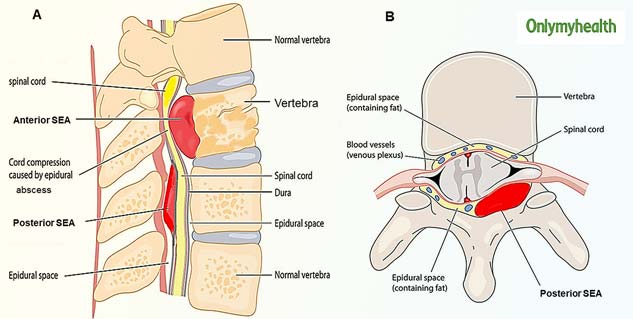 They will also monitor your baby's heartbeat with a fetal monitor.
They will also monitor your baby's heartbeat with a fetal monitor.
When the epidural is stopped, you should rest in a lying or sitting position till your legs feel strong again. You shouldn't drive, operate machinery, or drink alcohol for 24 hours after having an epidural.
When Is the Best Time to Get an Epidural?
There is no definite time. You can have it when you want it — at the beginning of labor, in the middle, or toward the end. The anesthesiologist will want to be sure that you are actually in labor and that you can stay still for the few minutes they need to precisely place the epidural catheter.
When is it too late? It takes 10 to 15 minutes to set up an epidural and an additional 10 to 15 minutes for you to feel relief from the pain. If you ask for an epidural shortly before you deliver, there may not be enough time for it. It's best to ask for it before your labor is advanced and the pain is overwhelming.
Labor and delivery can be intensely painful. It is no longer considered acceptable for birthing parents to suffer pain when safe, effective treatment is available. Epidurals are given by an anesthesiologist, so you can't have one at home or a birthing center. Remember that you can choose to have an epidural during labor even if you had decided against it earlier. An epidural allows you to stay calm and focus on delivering your baby.
It is no longer considered acceptable for birthing parents to suffer pain when safe, effective treatment is available. Epidurals are given by an anesthesiologist, so you can't have one at home or a birthing center. Remember that you can choose to have an epidural during labor even if you had decided against it earlier. An epidural allows you to stay calm and focus on delivering your baby.
What to Know About the Best Time to Get an Epidural
Written by Parang Mehta
In this Article
- What Is an Epidural?
- Are Epidurals Safe?
- Do Epidurals Work?
- Epidural Side Effects
- How Do Epidurals Work?
- When Is the Best Time to Get an Epidural?
An epidural is an injection in your back, near the nerves that carry pain signals from the lower half of your body. It is a popular method of pain relief during childbirth. There isn't a universal best time to get an epidural during labor — your needs and your doctor's assessment will be the guides. An epidural injection is a powerful tool and must be used with caution and knowledge.
An epidural injection is a powerful tool and must be used with caution and knowledge.
Pain relief during childbirth can be a necessity. You should discuss epidurals with your doctor or midwife during your antenatal visits and write them into your birth plan. Your doctor may tell you about other methods of pain relief also — medicines given by injection into your thigh or intravenously, spinal blocks, combined spinal epidurals, and local pain medicines.
Non-medicinal methods include Lamaze, acupuncture, and massage. Epidurals are the most frequently used method for pain relief during childbirth — 61% of people having a vaginal delivery opt for them.
What Is an Epidural?
An epidural is an injection of local anesthetic given into the space around your spinal cord and nerves. It numbs the lower part of your body, giving you substantial relief from pain. Doctors use epidural injections for:
- Pain relief during childbirth, including cesarean sections
- Numbing the lower half of the body for surgery
- Pain relief after some types of surgery
- Pain relief for sciatica or slipped disc, in combination with steroid medicines.

Epidurals are also known as epidural anesthesia, epidural block, and regional anesthesia. Your doctor will inject local anesthetic drugs such as bupivacaine, chloroprocaine, or lidocaine. Sometimes, they combine these medicines with narcotics like fentanyl or sufentanil to decrease the required dose of local anesthetic. Epidurals start working 10 to 20 minutes after the first dose is given.
Are Epidurals Safe?
Yes, epidurals are safe. They're a form of local anesthesia and only affect the small area of your body where the medicine is injected. Epidurals won't usually make you drowsy or sick.
Some medicines for pain relief during childbirth cross the placenta and affect your baby. Babies may have breathing difficulty at birth and need a medicine injection to reverse the effect of these medicines. Epidurals are safe for your baby.
Only small amounts of the medicines used in epidurals reach your bloodstream and your baby. Epidurals do not affect your baby's Apgar scores or the chances of needing intensive care.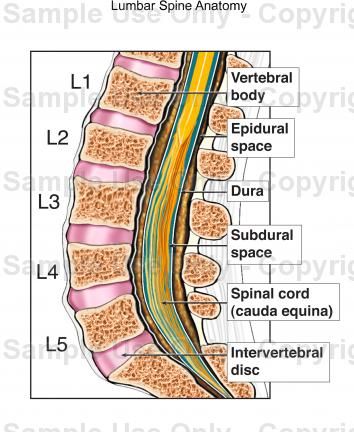
Do epidurals increase cesarean sections? Epidurals let you feel the pressure from uterine contractions (without the pain) and retain your ability to push the baby when needed. They don't lead to fetal distress or the baby getting stuck. Epidurals don't increase the possibility of cesarean section, vacuum extraction, or forceps delivery.
Do Epidurals Work?
Epidurals numb your body from your belly button to your toes. You will be awake and alert and able to feel the pressure of contractions. You'll be free from pain but able to push when needed.
Epidurals are used during labor and if you need a cesarean section. The anesthesiologist will give additional medicine through the epidural catheter to numb your body for surgery.
About 10% of birthing parents do not get adequate pain relief and must have further pain control measures.
How long does the epidural last? As long as you need. More medicine can be injected through the catheter if you start feeling pain.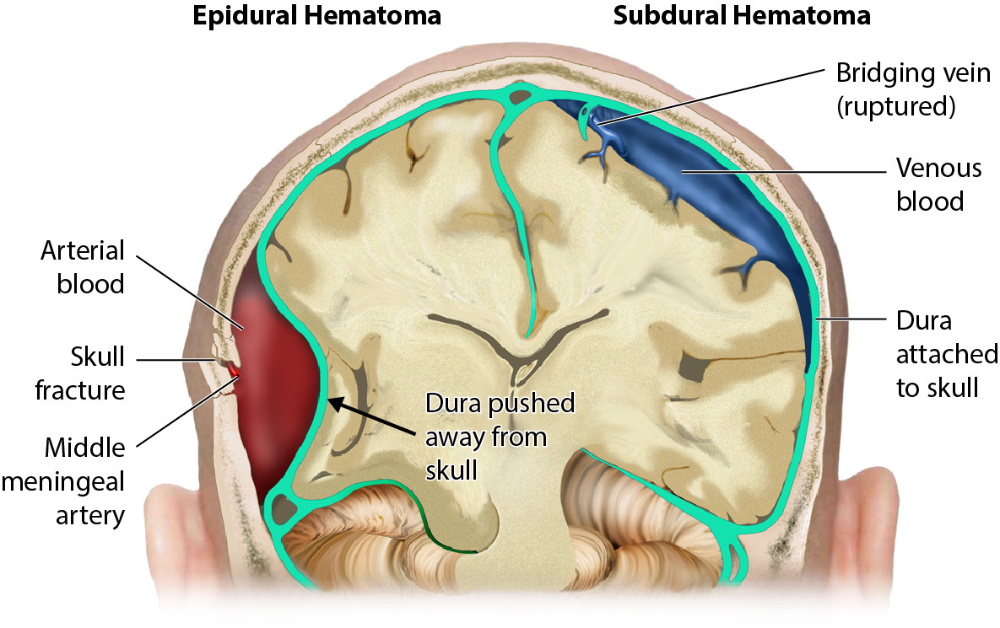 Once an epidural catheter is in place, your midwife can give top-up doses. When the epidural catheter is removed, your sensations and strength in your legs will return in about an hour.
Once an epidural catheter is in place, your midwife can give top-up doses. When the epidural catheter is removed, your sensations and strength in your legs will return in about an hour.
Epidural Side Effects
An epidural is a powerful tool for pain relief. It blocks transmission in the pain sensation nerves and affects nearby nerves. You will feel weakness in your legs and be unable to walk for some hours. Other side effects:
- Tingling sensation in your skin.
- Placing the catheter may cause you some discomfort.
- Low blood pressure. You may feel lightheaded or nauseous
- Headache
- Itchy skin
- Incontinence (inability to control urination)
- Nerve damage
How Do Epidurals Work?
Epidurals are a skilled procedure usually performed by anesthesiologists.
- They'll ask you to sit leaning forward or lie on your side with knees drawn up to your chest.
- They'll give you an injection of local anesthetic in your skin to numb the area.

- Once your skin is numb, the anesthesiologist will introduce the epidural catheter on a needle.
- After they judge they've reached the right place, they withdraw the needle, leaving only the flexible catheter in place.
- This catheter is used to inject measured amounts of medicine.
Your doctor will usually give you an intravenous drip. They will also monitor your baby's heartbeat with a fetal monitor.
When the epidural is stopped, you should rest in a lying or sitting position till your legs feel strong again. You shouldn't drive, operate machinery, or drink alcohol for 24 hours after having an epidural.
When Is the Best Time to Get an Epidural?
There is no definite time. You can have it when you want it — at the beginning of labor, in the middle, or toward the end. The anesthesiologist will want to be sure that you are actually in labor and that you can stay still for the few minutes they need to precisely place the epidural catheter.
When is it too late? It takes 10 to 15 minutes to set up an epidural and an additional 10 to 15 minutes for you to feel relief from the pain. If you ask for an epidural shortly before you deliver, there may not be enough time for it. It's best to ask for it before your labor is advanced and the pain is overwhelming.
Labor and delivery can be intensely painful. It is no longer considered acceptable for birthing parents to suffer pain when safe, effective treatment is available. Epidurals are given by an anesthesiologist, so you can't have one at home or a birthing center. Remember that you can choose to have an epidural during labor even if you had decided against it earlier. An epidural allows you to stay calm and focus on delivering your baby.
Not Found (#404)
Paracelsus Medical Center
Page not found.
The above error occurred while the Web server was processing your request.
Please contact us if you think this is a server error.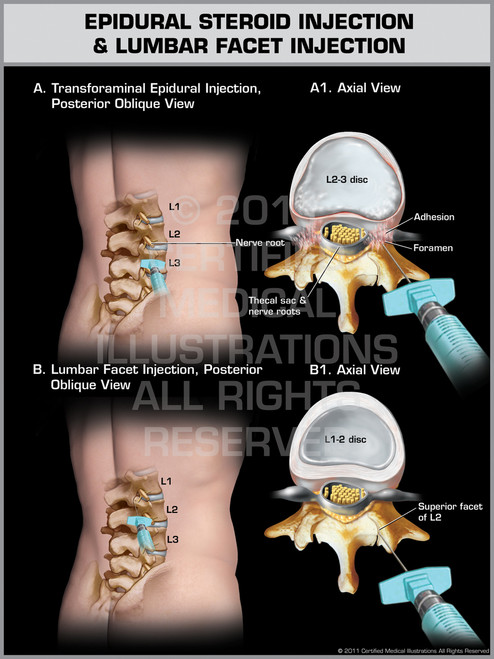 thank you.
thank you.
Give feedback Write to management nine0003
Please wait, download may take time
Loading...
You know which doctor you want to book
You know the service you want to book
Service selection
A second consultation is considered to be a consultation of one specialist within 30 days from the date of the previous appointment. On the 31st day from the previous visit to a specialist of this profile, the consultation will be primary. nine0003
The choice of a specialist
Service selected:
Choosing a specialist service
A second consultation is considered to be a consultation of one specialist within 30 days from the date of the previous appointment.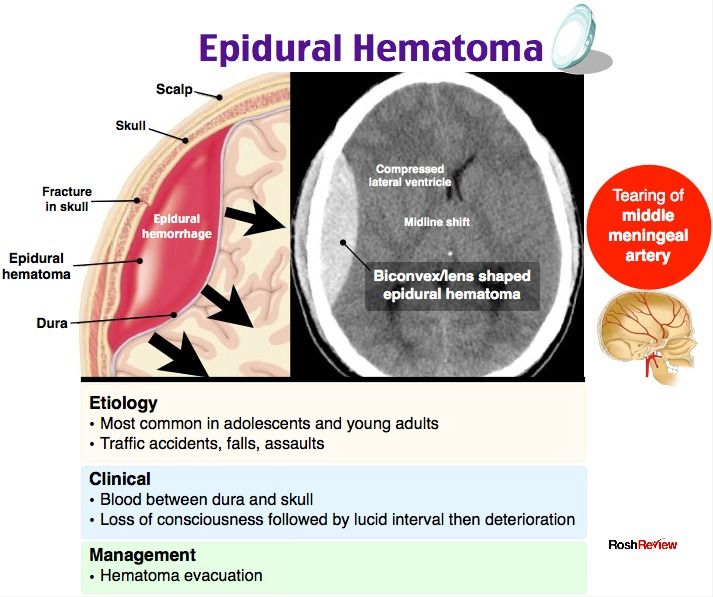 On the 31st day from the previous visit to a specialist of this profile, the consultation will be primary. nine0003
On the 31st day from the previous visit to a specialist of this profile, the consultation will be primary. nine0003
Address selection:
st. Vikulova, 33, building 2 st. Bolshakova, d. 68 nine0003
Date selection:
Time of receipt:
Password
Password
Register Can't login? account activation nine0003
To gain access to your personal account, enter the e-mail that was specified during registration, we will send instructions for password recovery
To gain access to your personal account, enter the e-mail that was specified during registration, we will send instructions for reactivating your account
nine0002 Your application has been accepted, our specialists will answer your question as soon as possible!Telephone
Commentary
By clicking on the confirmation button, I agree with personal data processing policy
nine0023 Dear patients!Multidisciplinary Clinic and Maternity Hospital "Paracelsus" informs you, according to the Letter of the Ministry of Finance of the Russian Federation to the Federal Tax Service dated March 25, 2022.
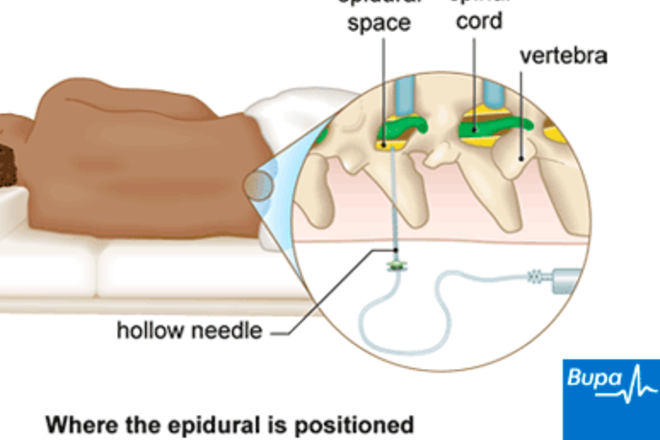 N BS-4-11 / 3605, that subparagraph 3 of paragraph 1 of Article 219 of the Tax Code of the Russian Federation provides for the taxpayer's right to receive a social tax deduction in the amount paid by him in the tax period for medical services provided by medical organizations engaged in medical activities , him, his spouse, parents, children (including adopted children) under the age of 18, wards under the age of 18 (in accordance with the list of medical services approved by the Government of the Russian Federation). nine0003
N BS-4-11 / 3605, that subparagraph 3 of paragraph 1 of Article 219 of the Tax Code of the Russian Federation provides for the taxpayer's right to receive a social tax deduction in the amount paid by him in the tax period for medical services provided by medical organizations engaged in medical activities , him, his spouse, parents, children (including adopted children) under the age of 18, wards under the age of 18 (in accordance with the list of medical services approved by the Government of the Russian Federation). nine0003 Joint order of the Ministry of Taxation of Russia and the Ministry of Health of Russia of July 25, 2001 N 289 / BG-3-04 / 256 (hereinafter - the order of July 25, 2001) approved the form of the Certificate of payment for medical services for submission to the tax authorities of the Russian Federation (hereinafter - the Certificate payment for medical services).
This certificate certifies the fact of receiving a medical service and its payment through the cash desk of a healthcare institution at the expense of the taxpayer. nine0003
nine0003
Thus, if the taxpayer submits to the tax authority a Certificate of payment for medical services, the taxpayer's failure to submit the relevant contract for the provision of medical services and (or) documents confirming payment cannot be grounds for refusing to provide such a deduction.
The amounts are based on payment data. Therefore, checks, an agreement and a clinic license are not needed to make a deduction. nine0003
Sample certificate attached.
Help Sample
Your application has been accepted, our specialists will contact you shortly!
Telephone
Comment
By clicking on the confirmation button, I agree with personal data processing policy nine0003
Deputy Director for Medical Activities of the Multidisciplinary Clinic "Paracelsus"
Makeev Alexander Anatolyevich
Telephone
Comment
By clicking on the confirmation button, I agree with personal data processing policy nine0003
All about epidural anesthesia - Private maternity hospital Ekaterininskaya Clinics
What to do if prolonged epidural anesthesia (analgesia) is contraindicated for you or you for some reason do not want to do it during childbirth?
There is, in fact, only one real alternative - childbirth can be anesthetized with narcotic analgesics (usually fentanyl or promedol).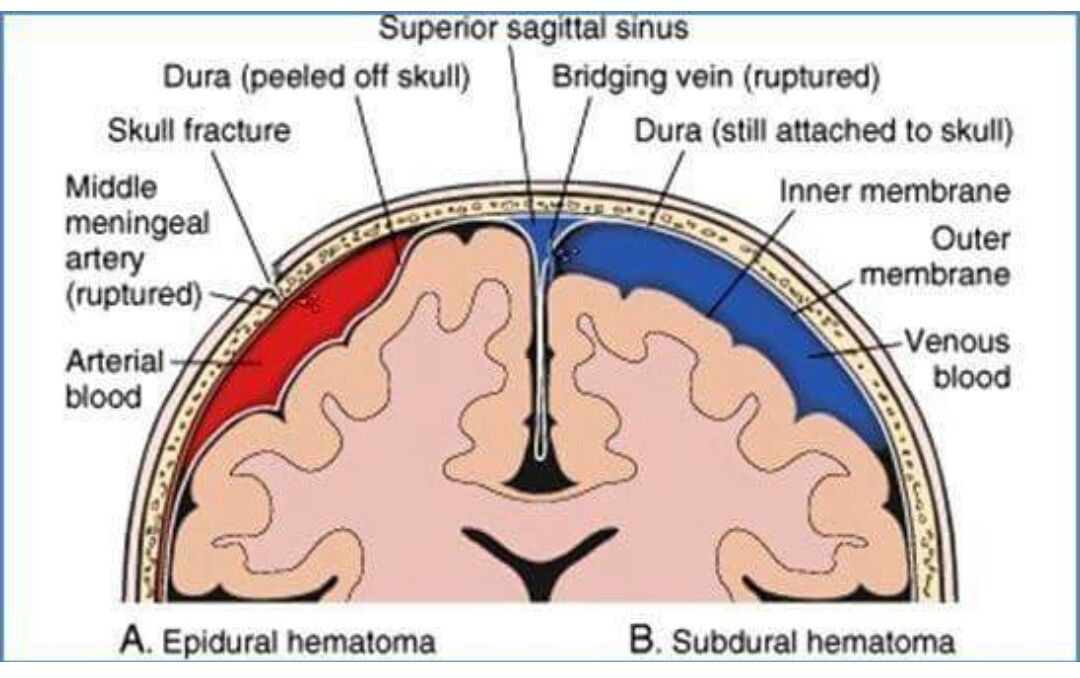 nine0003
nine0003
In certain situations (regular strong contractions, good dilatation of the cervix, satisfactory condition of the child according to ultrasound and CTG), it is safe and effective.
But, firstly, the duration of the effective action of narcotic analgesics in childbirth is much shorter (from 30 minutes to 1 hour) than the duration of the effect of DEA. Secondly, the possibility of prolonging such pain relief is significantly limited, since high doses of narcotic analgesics increase the risk of respiratory depression in mother and child. This method is usually used when there are contraindications to DEA. nine0003
There are no medical procedures that do not carry potential risks and do not have contraindications for the patient. Long-term epidural anesthesia (HEA) is no exception, and it would be irresponsible not to talk about them.
What are the contraindications for DEA?
- Injuries of the spine and metal structures in the lumbar region, some congenital diseases of the spine and severe forms of curvature (scoliosis).
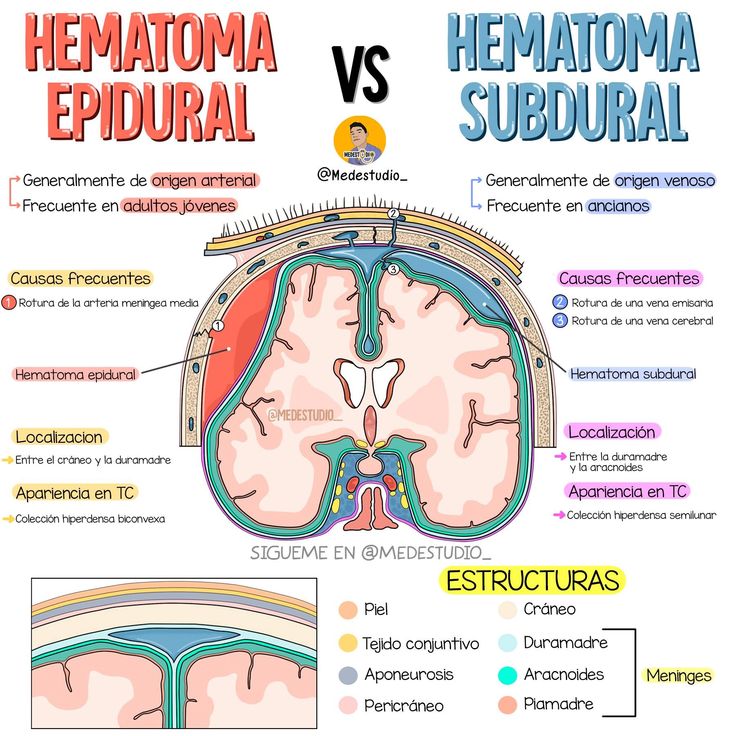
- Severe disorders of blood coagulation in the direction of reducing the density of the blood clot (hypocoagulation). nine0114
- Allergy to local anesthetic ropivacaine (very rare).
- Severe heart disease with fixed cardiac output.
- Tattoo in the lumbar region (the paint may contain salts of heavy metals, the entry of which into the epidural space is highly undesirable).
- The categorical written refusal of the patient from DEA (with justification of the reasons for the refusal).
What is the risk of complications and side effects with DEA?
- Insufficiently effective pain relief (mosaic block).
- Unintentional puncture of the dura mater with the development of post-puncture headache syndrome.
- Sudden drop in blood pressure.
- Nausea, vomiting, chills.
- Post-puncture back pain.
- Respiratory and cardiac arrest.
- Urinary retention and dysfunction of the pelvic organs.
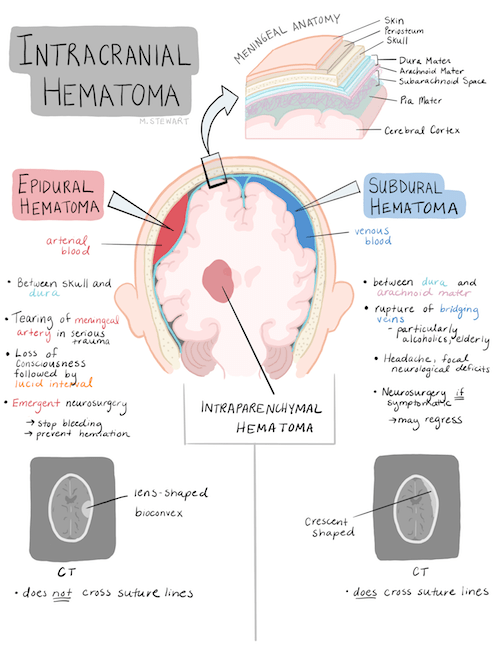
- Development of persistent neurological complications in the form of paresis and paralysis. nine0114
A very impressive and intimidating list, especially the second half of it.
But according to world statistics for the 1990-2000s, the risk of fatal complications of regional anesthesia (DEA is a regional method) is 25-38 cases per 10 million obstetric patients, and does not differ significantly from the risk of general anesthesia.
The risk of developing any complications of EA (not only fatal, but generally all) is higher, but it is also quite low, and, according to various estimates, is 1 case per 50,000-80,000 births. This risk is about 8-10 times less than the risk of dying in an accident (driver, passenger or pedestrian). nine0003
Despite the impressive list of contraindications and risks, there are many undeniable advantages of using long-term epidural anesthesia (DEA).
There is practically no effect on the child - the area of action of the anesthetic is limited to the nerve roots of the spinal cord of the woman in labor; neither the blood flow in the umbilical cord nor the fetal heart rate is affected by DEA performed in compliance with all safety rules.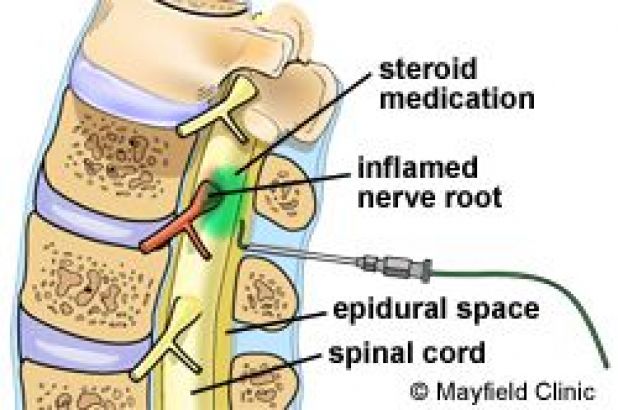
If the situation in labor is such that there is an indication for an emergency caesarean section, an epidural catheter inserted in labor allows you to quickly inject a large dose of anesthetic (about 4 times more than for pain relief in labor), adequate for a caesarean section - and more one significant plus DEA. This is called "conversion of analgesia to anesthesia". nine0003
In such a situation, drugs for general anesthesia are either not used at all or are used in small doses (depending on the situation), which significantly reduces the burden on the body of the mother and child, and allows the patient to recover faster after the operation. DEA lowers blood pressure by 15-20 percent of baseline, and in patients with high blood pressure, it is a real lifesaver.
What can be said in conclusion of this large, complex and rather acute topic? nine0062 ⠀
Absolutely safe medical procedures with zero risk do not exist in principle. But compliance with all the rules, safety precautions, indications and contraindications allows you to reduce the risk to an insignificant minimum.


